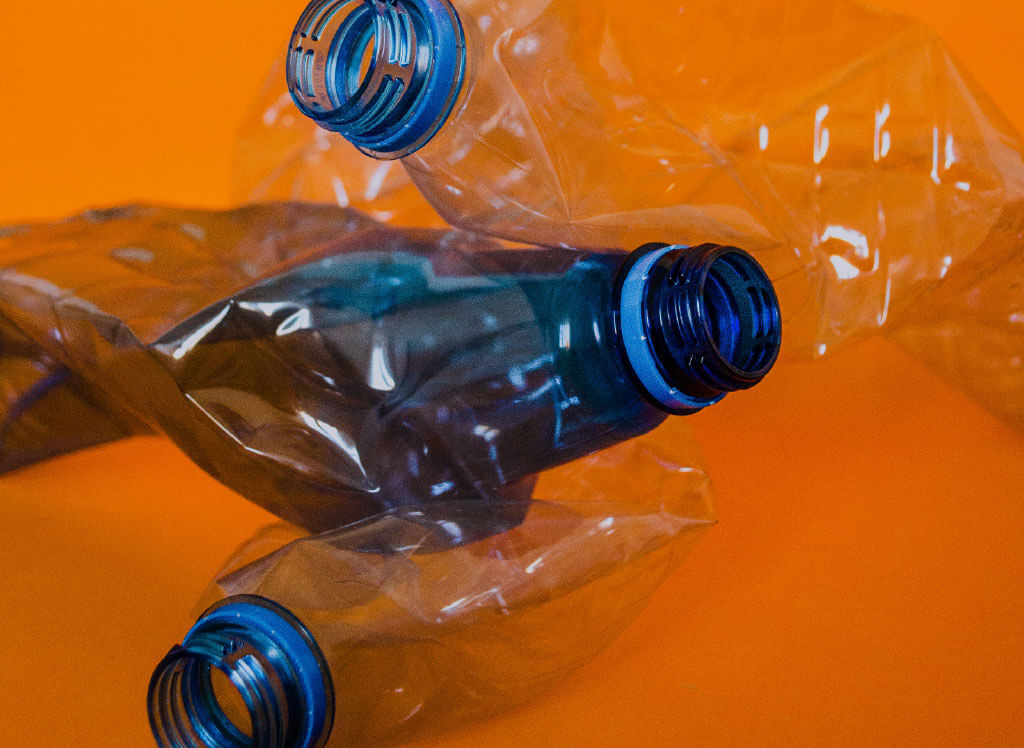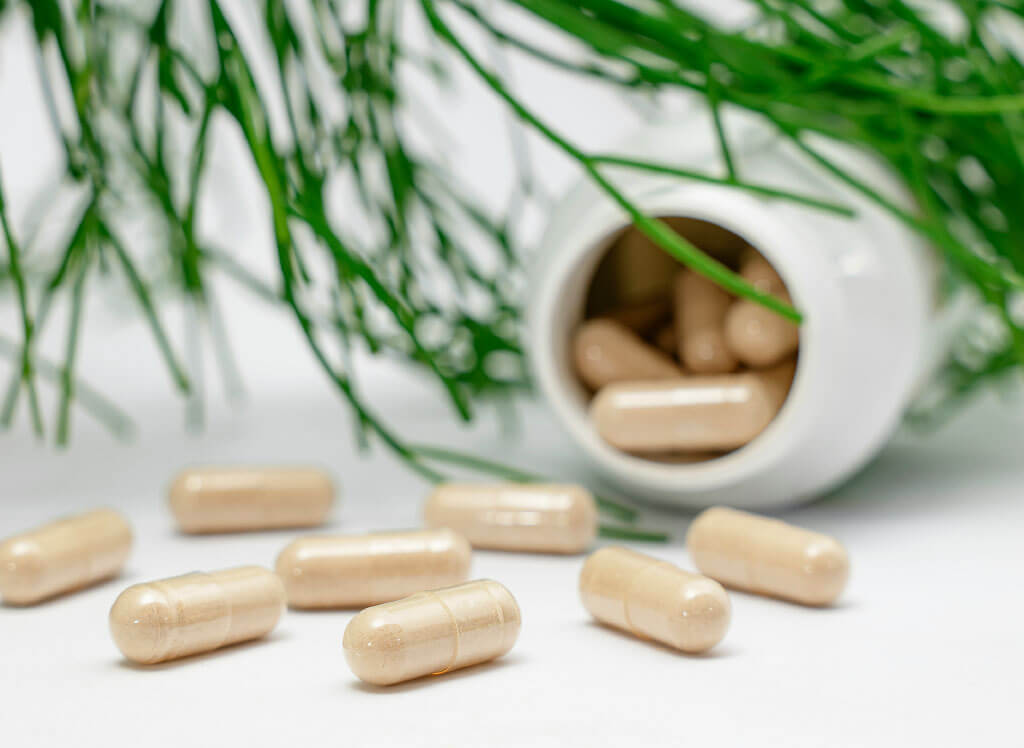Make Your Own Fire Cider
Fire cider is easy to make and can be a great pantry inclusion. You can start taking it immediately if…

Products that we buy for general use can be a source of chemicals that are referred to as ‘endocrine disrupters’. This means that they may contain chemicals that have the ability to mimic our own hormones and place a toxic burden on the body that can accumulate over time. Endocrine disrupting chemicals (EDCs) can impact many of the body’s natural processes in areas such as reproductive health, thyroid, and metabolic health.
There are plants that naturally contain chemicals (phytoestrogens), which are also considered to be EDCs. Whilst some phytoestrogens may not be recommended for certain people (for example, soy), for others, when consumed from non-GMO whole food sources, these naturally occurring substances can be beneficial due to their hormone-modulating effects.
The Environmental Working Group (EWG) provides an annual classification for fruits and vegetables based on their pesticide residue levels. For the most updated information, visit: https://www.ewg.org/foodnews/clean-fifteen.php
Although it would be virtually impossible to avoid synthetic chemicals completely, you can reduce your daily exposure by knowing where they are hidden. If you are reading about these for the first time, it can be overwhelming thinking about where to start, and I would suggest beginning by simply replacing items as you use them up.
Avoid heating plastics (e.g., in a microwave or oven) and use glass, ceramic, or steel containers for the transport or storage of food and drinks. Washing your fruit and vegetables before use can help to remove pesticide residue. Mix approximately 1/4 cup of bicarb with water in the kitchen sink and soak produce for about 20–30 minutes.
Reading labels and investigating the ingredients is the best way to become familiar with what may be hiding in products that you use. There are phone apps available which allow you to scan products for information regarding safety, including: YUKA and THINK DIRTY.

Fire cider is easy to make and can be a great pantry inclusion. You can start taking it immediately if…

Supplementing certain vitamins, minerals, herbals and other nutrients can be beneficial and sometimes necessary in order to support your health….